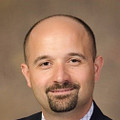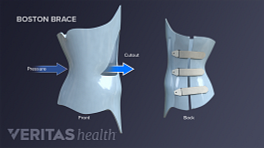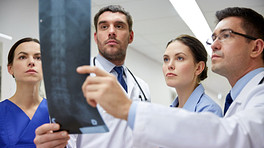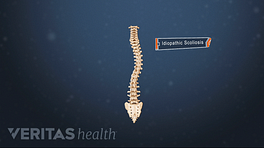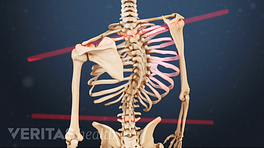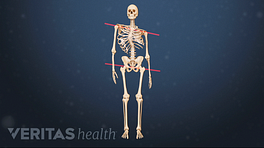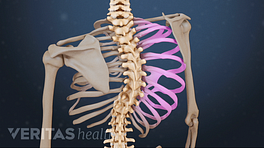The Cobb angle is best understood within the context of the individual patient. For instance, if a 30-degree Cobb angle is found in a 10-year-old girl who has a lot of skeletal growth left, a brace is likely to be recommended; but if that same 30-degree angle is found in a 16-year-old girl who has stopped growing, perhaps no treatment is needed as the curve is unlikely to progress.
In This Article:
- Cobb Angle Used to Measure Scoliosis Curves
- Cobb Angle Measurement and Treatment Guidelines
- Cobb Angle and Skeletal Maturity
Here is a general outline of Cobb angle ranges and what they could indicate in idiopathic scoliosis found in children and adolescents:
- 1 to 9-degree curve. Curves that are less than 10 degrees are not considered to represent scoliosis, but rather a minor spinal asymmetry.
- 10- to 24-degree curve. Curves between 10 and 24 degrees are mild scoliosis and likely just need to be monitored. If a curve has reached 20 degrees and the child or adolescent is still continuing to grow, bracing might be considered.
- 25- to 39-degree curve. A curve of at least 25 degrees is typically considered moderate scoliosis. If a child or adolescent’s curve has been progressing and is likely to continue to grow, bracing will probably start now in an effort to prevent the deformity from worsening. If the teen is near skeletal maturity, perhaps no treatment is needed other than to monitor for future progression.
- 40- to 49-degree curve. Generally, an adolescent with a curve between 40 and 49 degrees will try a brace to avoid surgery. If the curve has already progressed to 40 degrees despite bracing, surgery could now be a consideration.
- 50- to 69-degree curve. For curves measuring 50 degrees or more in adolescents, surgery is likely to be recommended. However, the choice is still up to the patient. Surgery considerations include the degree of pain, ability to handle daily tasks and enjoy everyday activities, and personal preferences about physical appearance.
- 70-degree curve or more. A curve of at least 70 degrees is usually considered severe scoliosis. At this stage, there is a greater risk for the spine’s curve and rotation to cause the rib cage to eventually twist so much that heart and lung function can be significantly affected. 1 Tsiligiannis T, Grivas T. Pulmonary function in children with idiopathic scoliosis. Scoliosis. 2012: 7:7. People with severe scoliosis typically choose surgery if it is an option.
These cutoffs are general guidelines based on a study of current medical literature, and they are by no means absolute. Each patient’s situation is unique and individual treatment plans may vary.
- 1 Tsiligiannis T, Grivas T. Pulmonary function in children with idiopathic scoliosis. Scoliosis. 2012: 7:7.
